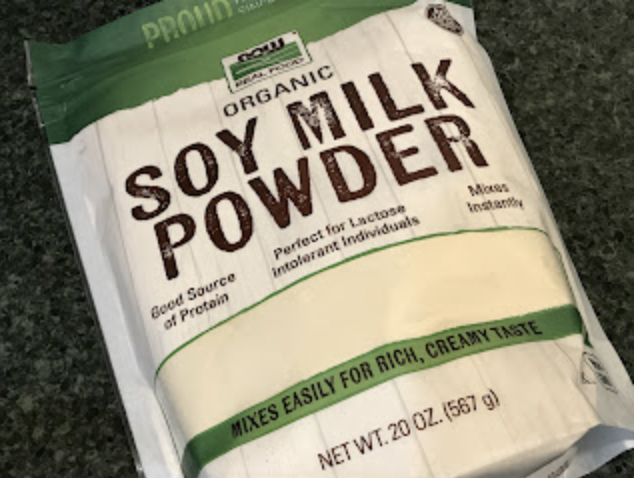 |
| NOW Foods Organic Soy Milk Powder, 20-oz |
I realize that many folks eat soy products. But if you do, I wanted to share my experience with a product.
I discovered this soy milk in April 2020. It was one of those foods I could order online to have shipped to my home. And it was a food that was shelf stable and I could add to my emergency pantry. I ordered 4 bags through a natural foods/supplement online store, using a first time buyer discount coupon, At that time, with a couple of discounts, I was paying the equivalent of $1.03 for a quart of reconstituted soy milk. That was an amazing price. I just recently finished off the fourth bag. I had kept the bags in my cold storage room and even at 22 months past the sell-by date the last spoonful tasted just as fresh as when I opened the first bag.
In placing another order, I went through a different online vitamin/supplement store, getting another first time buyer discount code plus free shipping. As with absolutely everything else, the price had increased substantially since 2020. Now, even with discounts, my price for a reconstituted quart is $1.56. For a shelf-stable soy milk, that's still a pretty good price for my area.
What I like about this powdered soy milk:
- it's made with organic, non-GMO soybeans
- it contains no added sugar, no gums, no thickeners -- it's just organic soy milk powder. This is very important for me as gums and thickeners (like carrageenan) make me physically sick.
- with no added sugar, I can use it in savory sauces, like cheese sauce, without adding sweetness
- because it's powdered, I don't have to worry about wasting any, or an open quart spoiling before I can use it
- I make as little or much as I need at any one time. It mixes with water easily.
- less wasteful packaging. It comes in a durable, resealable ziplock bag that I wash and reuse for other foods when empty.
I primarily use this in my lunch smoothies, adding the powder and water separately to the blender, saving the step of mixing the two together. But I've also used this in muffins, cakes and cupcakes, custard-based pies (like pumpkin), rice pudding, cornstarch pudding, cheese sauce, white sauce, peanut butter protein balls, and any recipe that would normally call for milk that I make for my family that I also want to enjoy. (If I'm making something for my family that I don't think I'll eat, I just use the regular cow's milk -- that's cheaper.)
Drawbacks to powdered soy milk:
- there's a lot of settling in reconstituted product after standing for several hours
- the taste for drinking is okay. It's not bad, it's just unsweetened and unflavored. If I wanted to drink a glass of this soy milk, I'd add vanilla extract plus sugar or honey to improve the drinking flavor. But I find it to be fine when reconstituted and poured over cereal, cream of wheat, or oatmeal, sometimes with a pinch of sugar added.
- it's not a good substitute for coffee creamer. Like every other soy milk I've tried, it curdles in hot coffee. And I don't feel like it lightened my coffee or gave it much creaminess.




